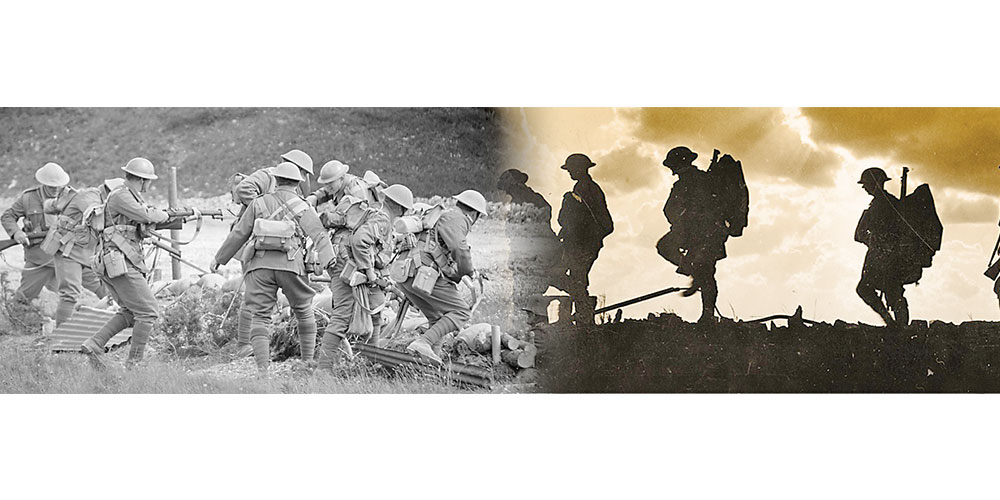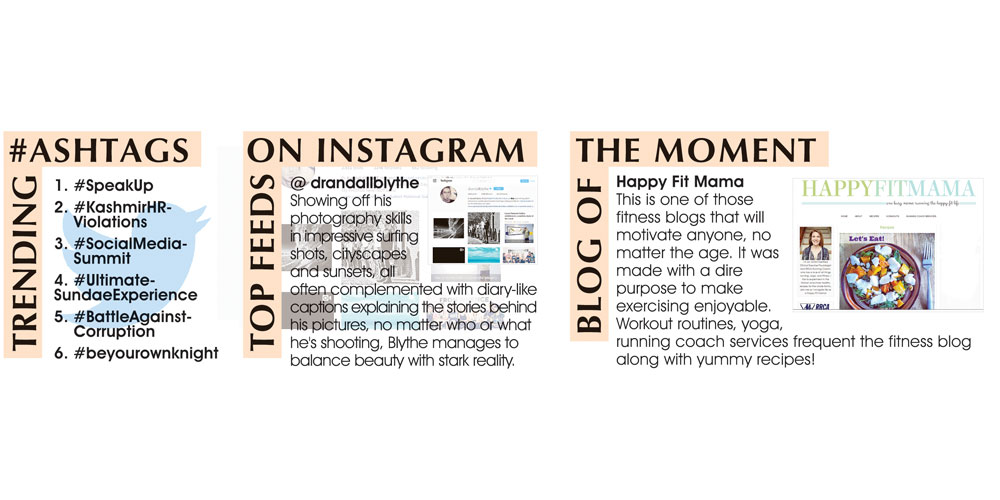I was never engaged to anyone: Aagha Ali clears the air amidst support
- 13 Apr - 19 Apr, 2024

World War II may be the most talked-about historic war, but how much do you know about World War One?
Here are some interesting factoids about the war that spread as far as China and was fought by servicemen from Asia, North America, the Caribbean, Australasia and Africa.
1- An explosion on the battlefield in France was heard in London
A group of miners, operating in total secrecy, dug tunnels up to 100ft underground, to plant and detonate mines beneath the enemy's trenches. Their biggest success was at Messines Ridge in Belgium where over 900,000lbs of explosives were simultaneously detonated in 19 underground tunnels. Much of the German front line was destroyed, and the explosions were heard 140 miles away by the British prime minister in Downing St.
2- Journalists faced execution
As the Government sought to control the flow of information from the frontline, journalists were banned from reporting the realities of war. Reporting on the conflict was, in the opinion of the War Office, helping the enemy. If caught, they faced the death penalty.
3- WW1 sparked the invention of plastic surgery
Unlike the straight-line wounds inflicted by bullets, the twisted metal shards produced from a shrapnel blast in WW1 could easily rip a face off. Horrified by the injuries he saw, surgeon Harold Gillies took on the task of helping victims and pioneered early techniques of facial reconstruction in the process.
4- The youngest British soldier was 12 years old
Sidney Lewis was just 12 years old when he lied about his age and joined the army during World War One. He was one of thousands of eager underage boys who enlisted and ended up fighting alongside their adult counterparts on the front.
5- Blood banks were developed during WW1
A US Army doctor, Captain Oswald Robertson, established the first blood bank on the Western Front in 1917, using sodium citrate to prevent the blood from coagulating and becoming unusable. Blood was kept on ice for up to 28 days and then transported to casualty – clearing stations for use in life-saving surgery.

COMMENTS